Key Differences & Environmental Impact of using plastic stationery
In today’s world, where environmental concerns are at the forefront, the choices we make in our daily lives can have significant implications. One such choice is the type of stationery we use. Traditional plastic stationery items, though convenient and affordable, contribute substantially to environmental degradation. In contrast, sustainable alternatives offer eco-friendly solutions that mitigate these negative impacts. This article delves into the differences between stationery options, highlighting waste statistics and relevant information to underscore the importance of making environmentally conscious choices.

The Environmental Impact of Plastic Stationery
Stationery items, including pens, rulers, and folders, are predominantly made from non-renewable resources such as petroleum. The production, use, and disposal of these items have several environmental repercussions:
1. Non-Biodegradability: Plastic materials can take hundreds to thousands of years to decompose. Consequently, discarded stationery accumulates in landfills and natural environments, contributing to long-term pollution.
2. Resource Consumption: The manufacturing of these products consumes significant amounts of fossil fuels and energy, leading to increased greenhouse gas emissions and depletion of natural resources.
3. Waste Generation: The stationery industry generates a substantial amount of plastic waste. For instance, in the United States alone, approximately 1.6 billion pens are purchased annually, many of which end up in landfills. In India, this number is estimated to be around 2.4 billion pens per year, with 91% of the waste generated not being recycled.
4. Environmental Pollution: Improper disposal of stationery leads to pollution in terrestrial and aquatic ecosystems. Over 75% of marine debris along Australia’s coastline is composed of plastic, posing severe risks to marine life and ecosystems.

Advantages of Sustainable Stationery
Sustainable stationery encompasses products made from eco-friendly materials designed to minimise environmental impact. The benefits of opting for sustainable stationery include:
1. Reduced Environmental Footprint: Sustainable stationery is often made from recycled or renewable materials, such as recycled paper, bamboo, or biodegradable plastics, which significantly reduce resource consumption and waste generation.
2. Biodegradability and Recyclability: Many sustainable stationery products are designed to be biodegradable or easily recyclable, ensuring they do not persist in the environment for extended periods.
3. Support for Sustainable Practices: Purchasing eco-friendly stationery supports companies and industries that prioritize environmental responsibility, promoting a market shift towards sustainability.
4. Health Benefits: Sustainable stationery often avoids the use of toxic chemicals found in some plastic products, reducing potential health risks associated with exposure to hazardous substances.
Comparative Analysis
To better understand the distinctions between the stationery, let’s examine specific product categories:
1. Pens:
• Plastic Pens: Typically made from non-recyclable plastics, these pens contribute significantly to waste. Their production involves substantial energy consumption and carbon emissions.
• Sustainable Pens: Options include pens made from recycled materials, biodegradable plastics, or renewable resources like bamboo. Some innovative designs feature refillable ink cartridges, reducing the need for disposable pens.
2. Notebooks:
• Conventional Notebooks: Often produced using virgin paper and components, leading to deforestation and increased plastic waste.
• Eco-Friendly Notebooks: Made from 100% recycled paper or alternative fibers, these notebooks reduce the demand for virgin paper. Some brands use eco-friendly inks and avoid plastic in bindings and covers.
3. Folders and Binders:
• Folders: Manufactured from PVC or other plastics, they are durable but contribute to long-term environmental pollution due to their non-biodegradable nature.
• Sustainable Alternatives: Options include folders made from recycled cardboard, biodegradable materials, or sustainably sourced wood products, offering similar functionality with reduced environmental impact.

Waste Statistics and Environmental Concerns
The environmental impact of stationery is underscored by alarming waste statistics:
• Global Plastic Production: Since the 1950s, the production has increased exponentially, with over 400 million metric tonnes produced annually. A significant portion of this includes single-use and disposable items, such as stationery.
• Recycling Rates: Despite efforts to promote recycling, only about 9% of all plastic ever produced has been recycled. The vast majority ends up in landfills, incinerated, or polluting the environment.
• Office Waste: In Australia, over 90% of office plastic waste ends up in landfills or the environment, with only a small fraction being recycled or properly disposed of. This not only strains waste management systems but also poses severe risks to ecosystems and human health.
The Case for Transitioning to Sustainable Stationery
Given the environmental challenges posed by stationery, transitioning to sustainable alternatives offers a viable solution:
1. Environmental Preservation: Choosing sustainable stationery reduces pollution, conserves resources, and supports ecosystem health.
2. Economic Benefits: While some eco-friendly products may have a higher upfront cost, they often offer long-term savings through durability and the potential for reuse or refilling.
3. Corporate Responsibility: Businesses adopting sustainable stationery demonstrate corporate social responsibility, enhancing their brand image and appealing to environmentally conscious consumers.
4. Regulatory Compliance: With increasing regulations aimed at reducing plastic waste, adopting sustainable stationery can help individuals and organisations stay ahead of compliance requirements.
“Choosing sustainable stationery over plastic isn’t just a preference—it’s a commitment to environmental stewardship and a step toward a more sustainable future.”
Conclusion
The choice between plastic and sustainable stationery extends beyond personal preference; it reflects a commitment to environmental stewardship. By understanding the differences and implications of each option, consumers can make informed decisions that contribute to a more sustainable future. Embracing eco-friendly stationery not only addresses the pressing issue of the pollution but also supports a broader movement towards sustainability in all aspects of life.
As we become more aware of the environmental impact of our choices, it’s imperative to take actionable steps:
• Educate Yourself and Others: Learn about the materials and production processes behind the products you use and share this knowledge within your community.
• Support Sustainable Brands: Choose to purchase from companies that prioritize environmental responsibility and transparency in their practices.
• Advocate for Change: Encourage educational institutions, workplaces, and governments to adopt and promote the use of sustainable stationery and other eco-friendly products.
By collectively making conscious choices, we can significantly reduce the environmental impact of our daily activities and contribute to a healthier planet for future generations.
Sources:https://earthbuddies.net/eco-friendly-stationery-brands/https://www.rulerco.co.uk/the-benefits-of-using-eco-friendly-office-products

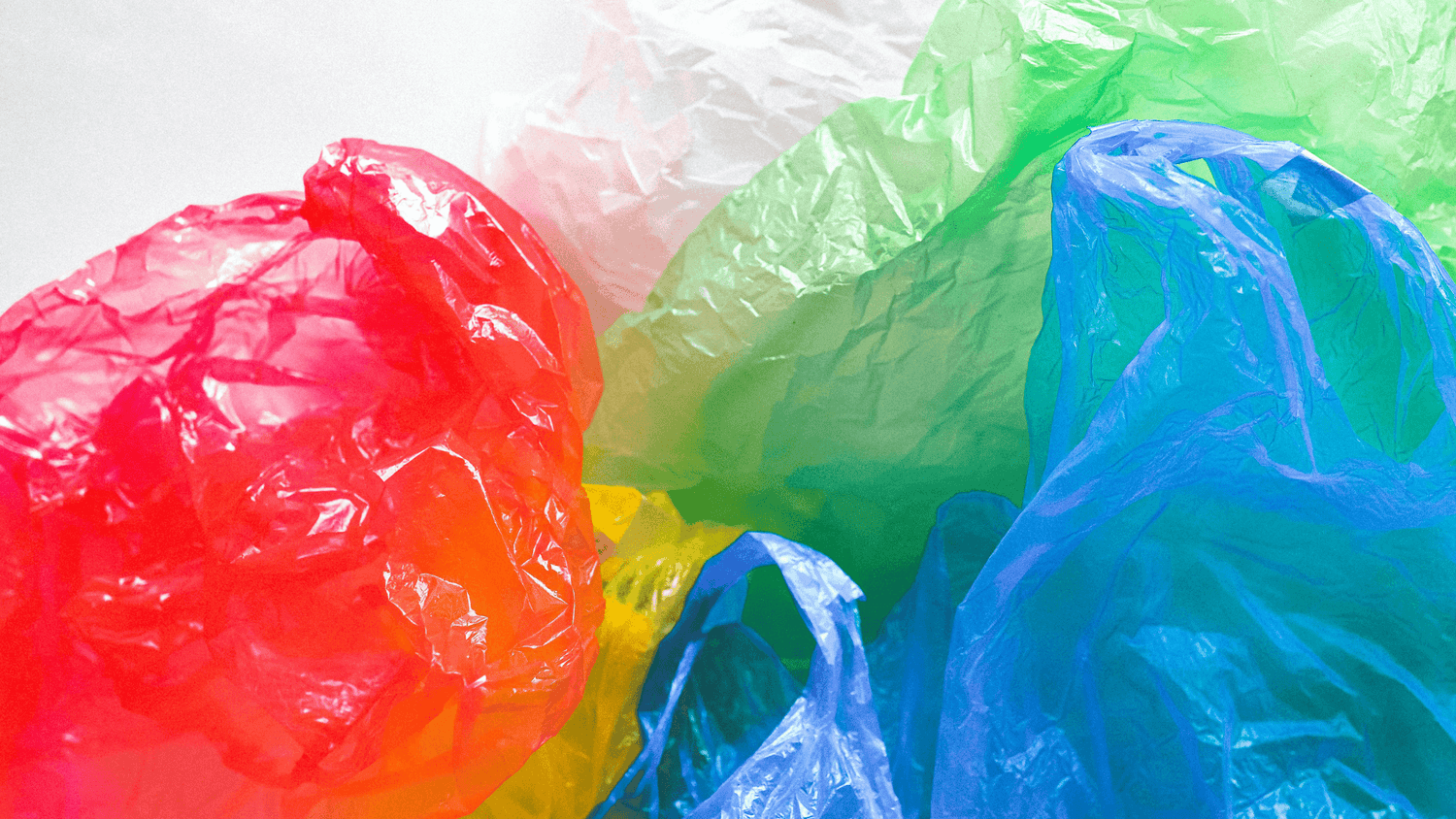







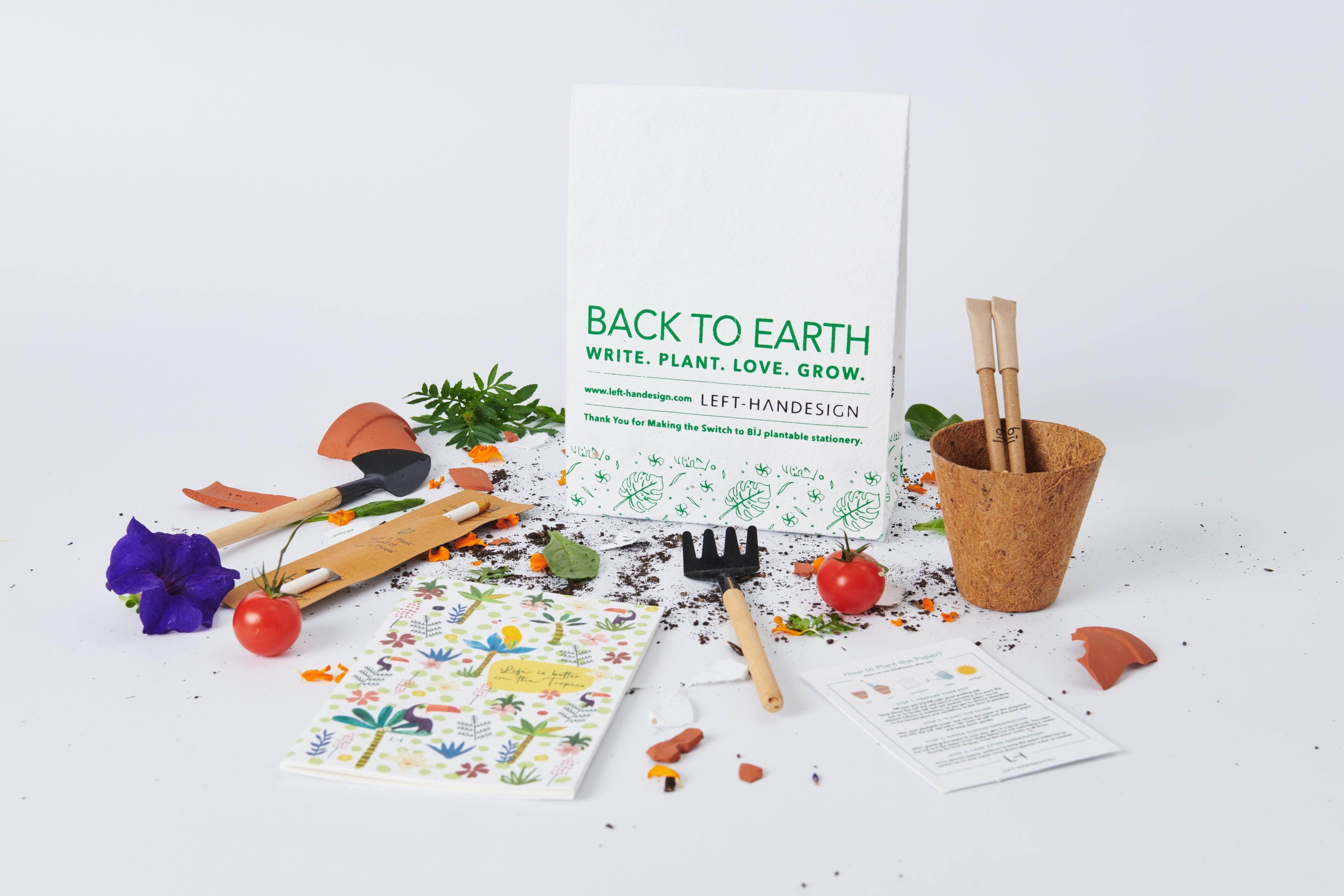


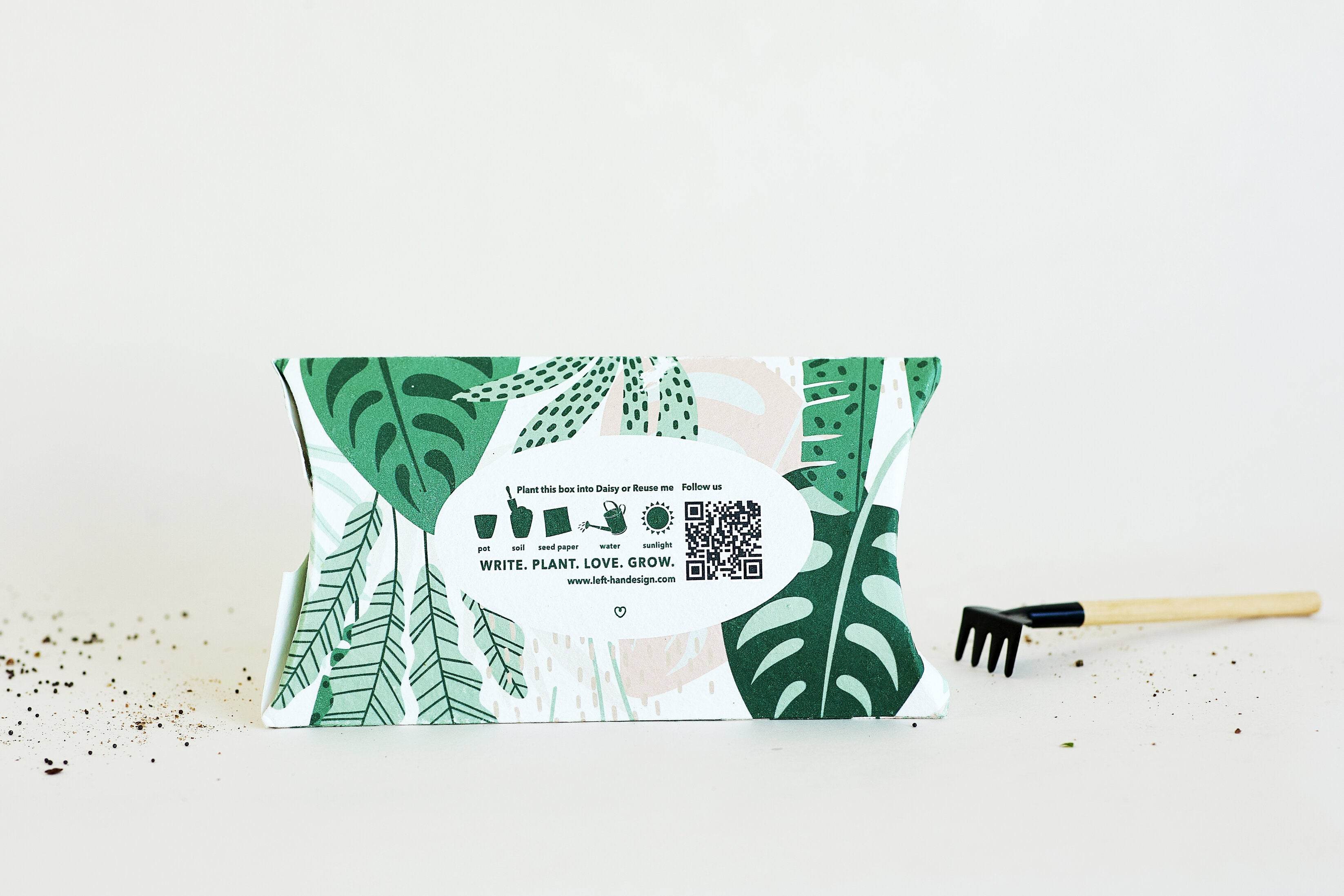
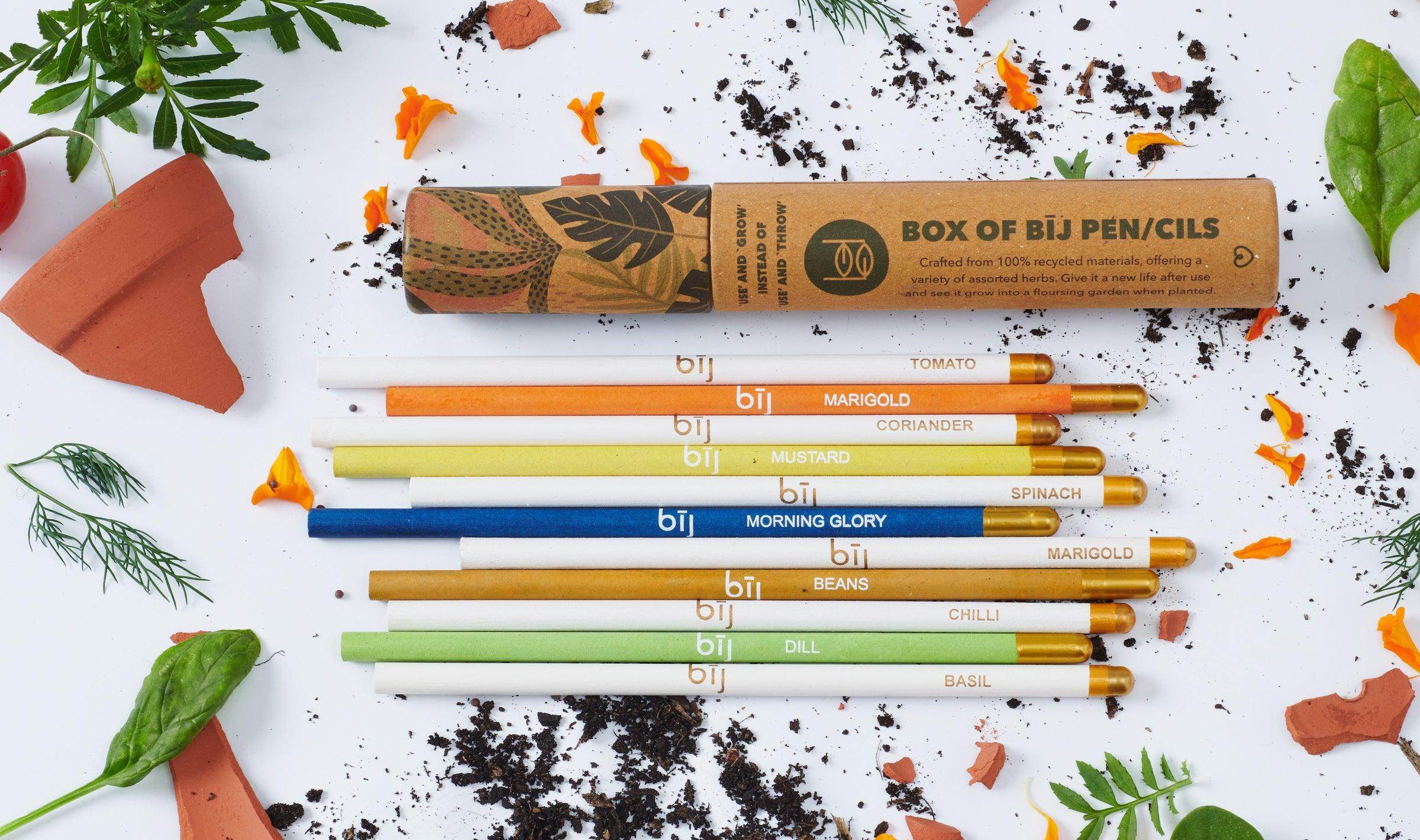



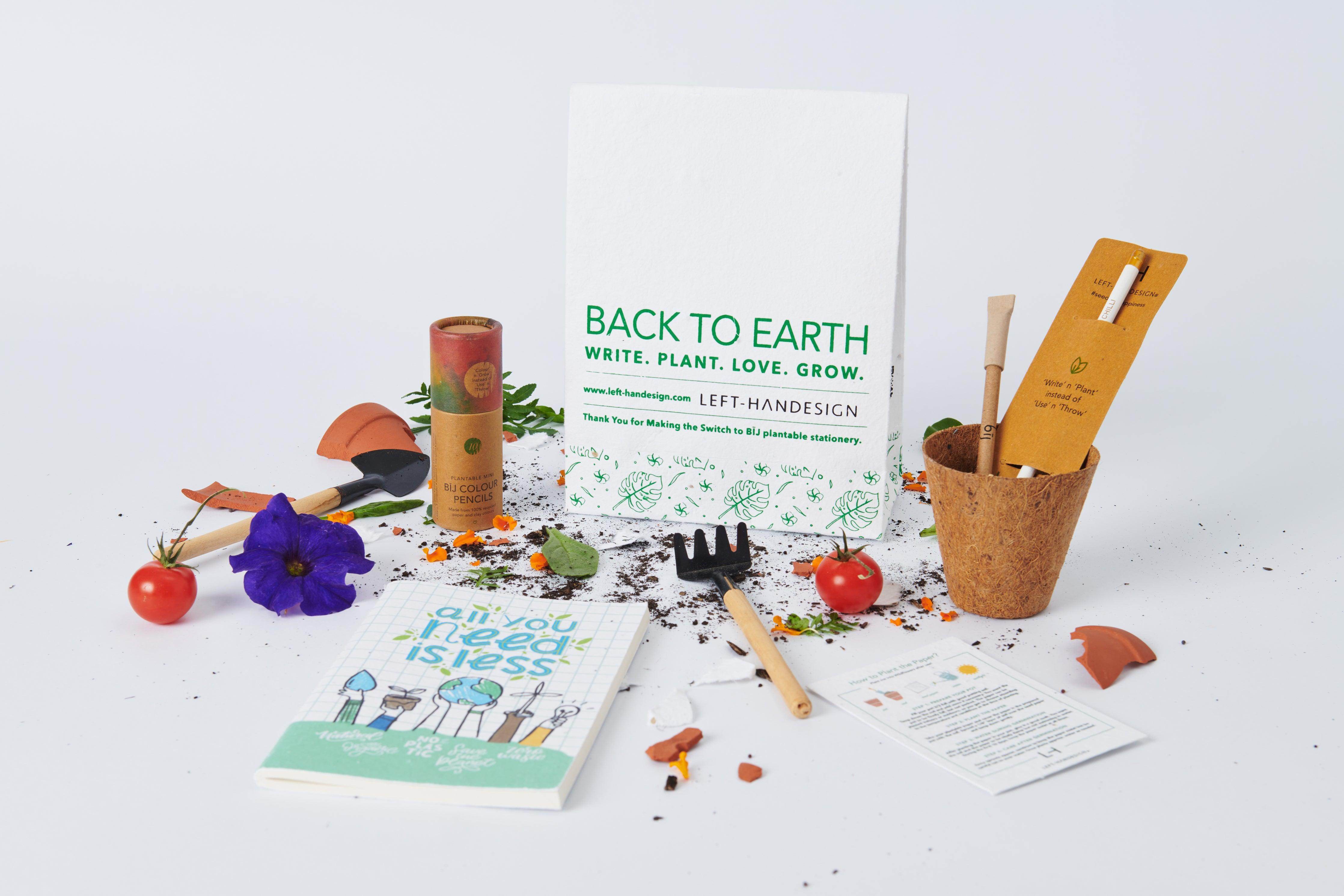

Leave a comment
All comments are moderated before being published.
This site is protected by hCaptcha and the hCaptcha Privacy Policy and Terms of Service apply.